Understanding the purpose of drip edges
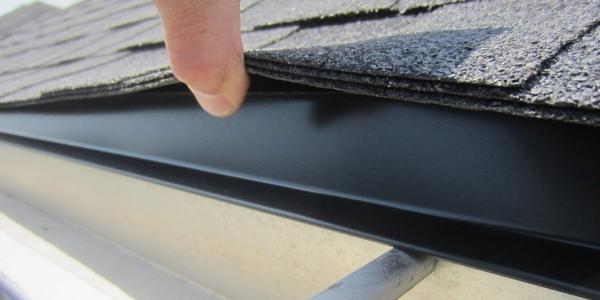
By IKO.
Learn why drip edges are key to building a secure shingled roof and how to install them.
Drip edges, also called edge flashing or D-metal, are important to every home, whether it is a brand-new build or an older family home. These are key parts of the roofing system that keep water from getting beneath the shingles of your home. This is crucial because the list of issues that come from unwanted moisture between your home and shingles includes, but is not limited to leaks, decreased insulation, rotting and increased energy costs. But, drip edges offer an easy way to avoid these problems.
Drip edges are metal sheets that are typically in the shape of an “L”. They are installed on the edge of the roof and direct water away from the fascia beneath the shingles and towards the gutter to be drained properly off your home. Even if your home was not originally built with a drip edge, it is now a requirement by most building codes across the country to help protect homes. Take a look at the guide put together by IKO to better understand drip edges and the role they play in your roofing system.
What’s the purpose of roof drip edges?
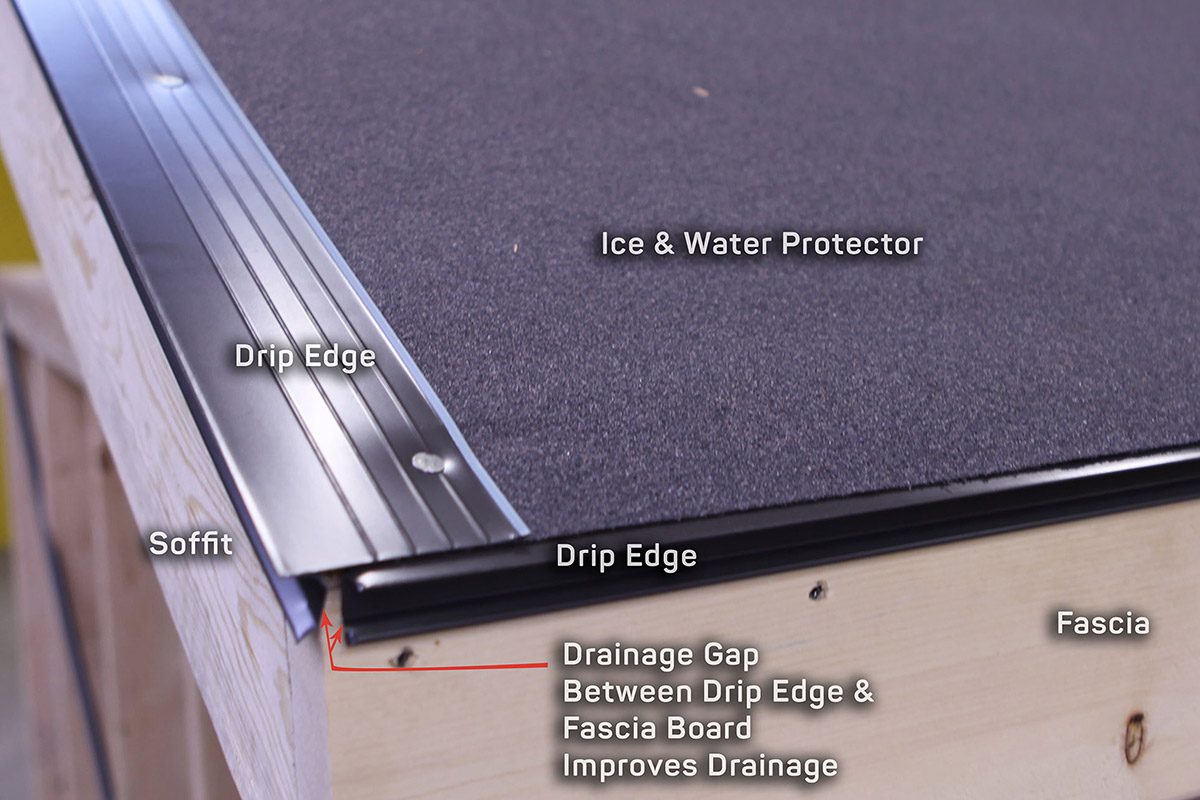 Drip edges have two key purposes:
Drip edges have two key purposes:
- Direct water away from fascia: Due to cohesion, surface tension and other forces, water droplets tend to stick to one another and to the surfaces they are on, albeit slightly. A drip edge is designed to take advantage of those forces and, along with gravity, direct water into the gutter. If the home has no gutter, the drip edge will prevent the water from running down the fascia and onto or into the soffit cavity. However, without the drip edge, the water sticks to shingles, potentially working its way under the shingles to cause a leak. For example, water may cling to the fascia, which may cause rot, or, in severe conditions, a leak into the home.
- Protect from wind-driven rain: When conditions are serious, the wind pushes water around on a roof. Shingles, along with underlayments and ice and water protector, keep wind-driven rain from harming the roof’s deck. However, on the edges, the drip edge must compete with the wind. Wind can easily push the water upwards before gravity pulls the water down. The drip edge needs to hang significantly off the edge of the roof and has two to four inches of lower flange to combat this. And, of course, without any drip edge at all, wind‐driven rain could compromise the roof.
Drip edge material types
Drip edges are made of various plastics and metals, which are both acceptable under most building codes so long as the metals are corrosion-resistant or galvanized.
- Aluminum: A common material for drip edges, aluminum isn’t as strong as steel. It doesn’t corrode and is often sold in colors that match the rest of the home exactly.
- Galvanized steel: Drip edges are designed to be in contact with water; so, if they are made of steel, they need to be galvanized to prevent rust. Minimum 24-gauge steel is preferable so that the drip edge can withstand strong winds.
- Copper: Copper is a sturdy metal that gives a roof a unique look. When used as a drip edge, it should be a minimum of 0.69 mm or 20 ounces.
- While plastic, vinyl and fiberglass drip edges may also be available in your area, these materials are best suited for use in nonroofing applications, such as above doors and windows.
Drip edge profile types
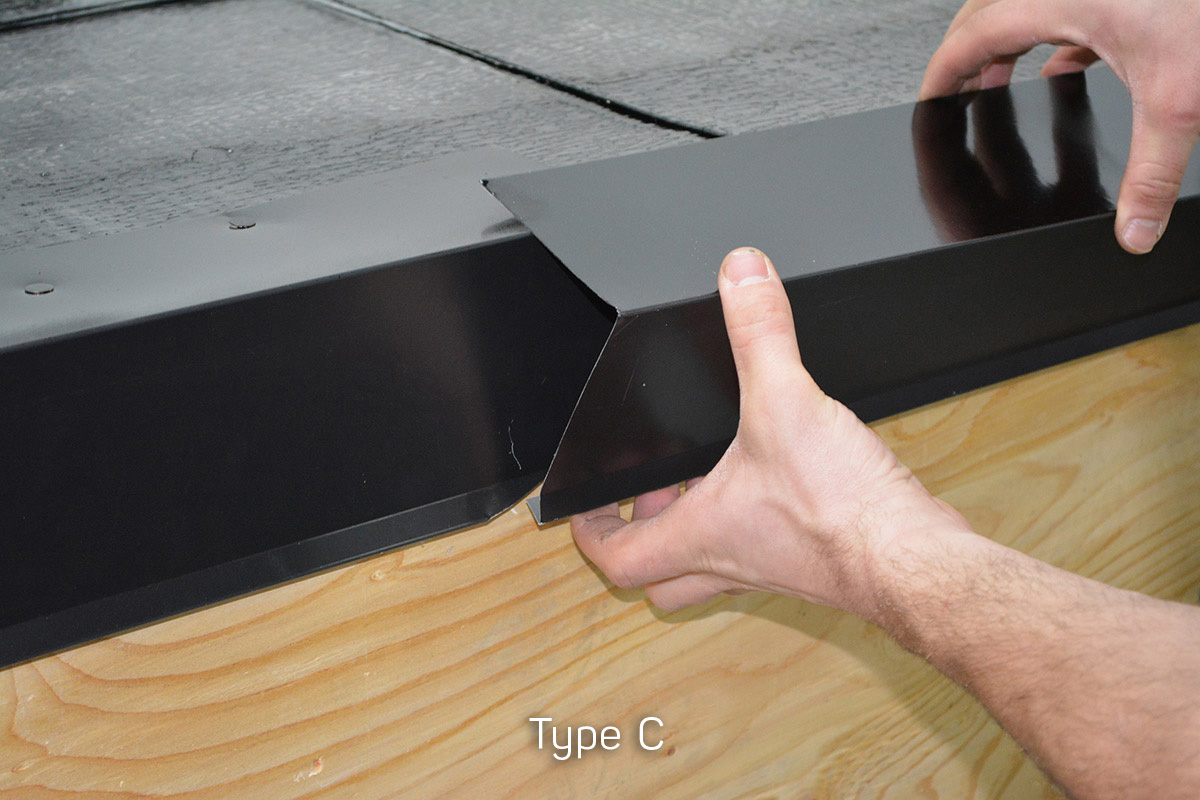 There are three basic profiles of drip edge flashing, but each goes by more than one name, which can be confusing.
There are three basic profiles of drip edge flashing, but each goes by more than one name, which can be confusing.
- Type C: This is the classic “L”-shaped drip edge, sometimes called “L style.” This drip edge is bent to a 90-degree angle and has a lower flange at the bottom.
- Type D: This profile of drip edge is shaped like a “T,” with a lower flange at the bottom. Sometimes it is called drip metal, “D-metal” or “T style.” The Asphalt Roofing Manufacturers Association (ARMA) prefers this drip edge profile to Type C because it keeps the water further away from the fascia. However, Type C is still acceptable according to most building codes.
- Type F: This is an extended drip edge that has a longer leading edge, which is useful when installing new drip edges over existing shingles or on rake edges. This profile is frequently called “F style” or “gutter apron.”
Roof drip edges are generally sold in 10.5-foot lengths, but they are occasionally sold in 8-foot lengths or smaller. The length of the overhang itself commonly ranges from 2 to 5 inches. You may find other styles and sizes of drip edges in the store, including “J-channel” drip edges, but these are intended for windows, doors and other applications. You may also find vented drip edges, but the National Roofing Contractors Association (NRCA) does not recommend using them on roofs.
In years past, many building codes did not require drip edges; but the roofing community realized that these relatively inexpensive products make a big difference in the performance of the roof. By having drip edges properly installed, you’ll have a better roofing system.
Learn more about what to expect during the installation process on IKO’s website!
Original article source: IKO
Disclaimer: The information provided on AskARoofer.com or information sent by emails is the opinion of the writers. It is the responsibility of the reader to check for accuracy in one's own jurisdiction, as there are different codes and restrictions for different parts of the country. AskARoofer.com does not accept any liability for the use of information on this website or email. AskARoofer.com has no controls over product failures, installation, or climate conditions that may change the roofing process in your area. Our information is in general to our area and cannot be the same as your local town or state. It is advised to seek the local Building Department, Licensed Contractor, and local Product Representative for proper installation requirements and code enforcement when installing a new roof.
Have a question? AskARoofer.
Find your local roofing contractor in the AskARoofer™ Contractor Directory.




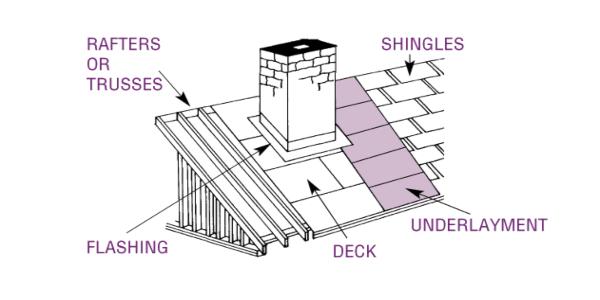
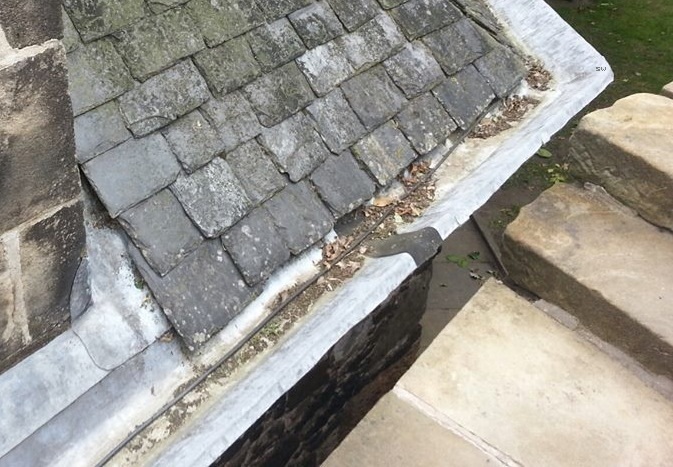
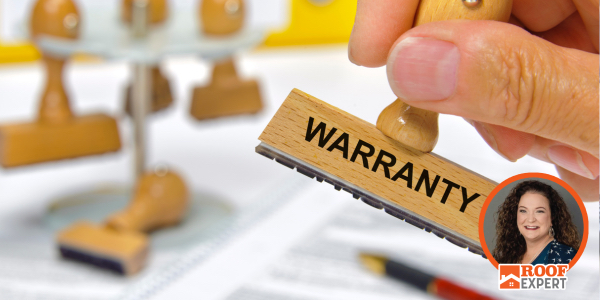


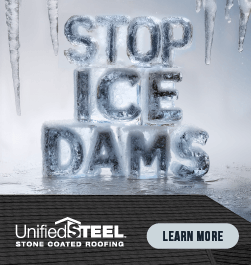



Comments
Leave a Reply
Have an account? Login to leave a comment!
Sign In